READY TO GET STARTED?
REQUEST A FREE ESTIMATE
Fill out the form below or call (888) 466-7849 for a free, no-obligation estimate.
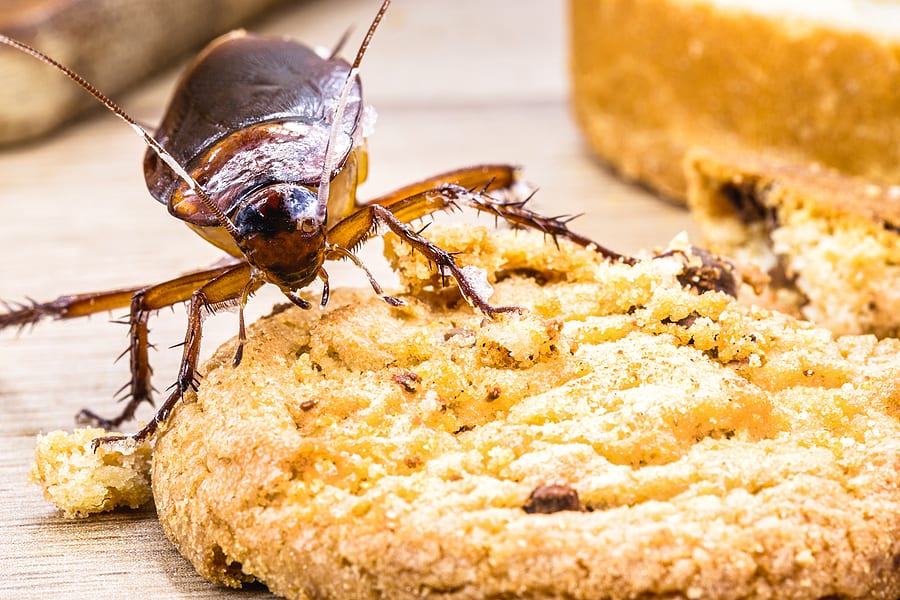
As we gear up for the holidays, we all start to see ourselves spending more time in the kitchen. The kitchen, often the central gathering spot for many families across the country, is a place where finding pests is certainly not ideal. While you continue cooking and gathering with your family this holiday season, keep in mind some of these tips to keep your kitchen pest-free!
Most pests, like cockroaches and rodents, are searching for both moisture and a food source; and during the colder months they also look for a warm place. If food is left out, it’s likely a pest will contaminate it. Roaches can be dangerous as they can spread bacteria and human pathogens when leaving their fecal matter and other debris in or around food.
After cooking and eating, wipe down any crumbs and spills from your countertops, tables, floors, and even shelves. Wash all dirty dishes and drain the dirty dishwater after each use.
Keeping your home well ventilated and dry can help tremendously with keeping pests out. As most pests are attracted to moisture, certain areas of the house can provide the ideal breeding ground for them such as basements, attics, and crawlspaces. They can then migrate to your kitchen in search of food. Try using a dehumidifier in these areas to help decrease the moisture throughout. You may also consider a crawlspace enclosure to help with eliminating moisture and increasing energy savings for your home.
While we can do all the cleaning in the world to keep pests out, sometimes they still find their way inside, even in a clean home! Pests like spiders, fruit flies, and ants can easily sneak inside through the tiniest of gaps and holes. To prevent them, inspect the outside of your home for any potential entry points and seal them up with caulk or steel wool. Don’t forget to repair any broken windows and screens too.
If you feel overwhelmed with the holidays and having to deal with pests in the kitchen, consider reaching out to your local pest control company where they can identify entry points and set up a customized treatment plan.
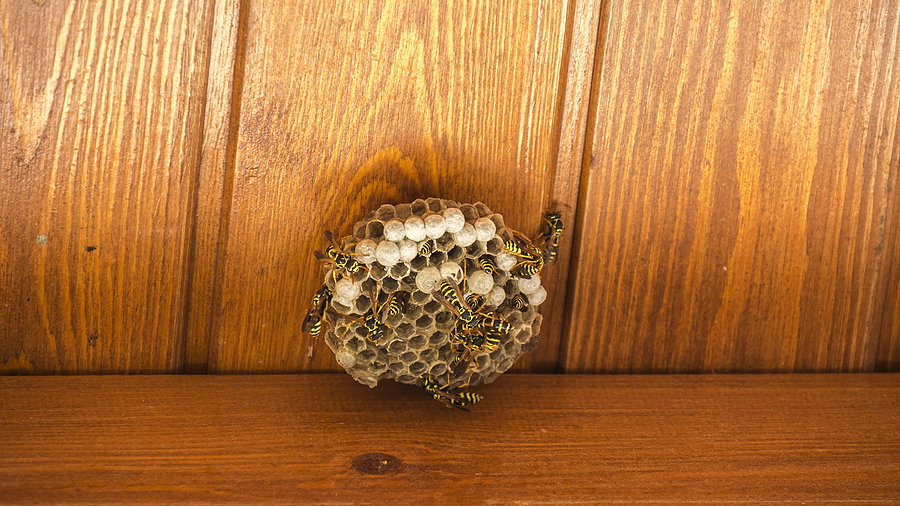
Stinging pests are most active during the summer months, so while we enjoy the summer fun of lounging by the pool and backyard BBQs, we should all be on the lookout for these pests as they can pose a risk to you and your family. Check out these common stinging pests and the best way to avoid them!
With a slim body shape, six long legs, and two wings, wasps are busy at work scavenging for food during the summer months. Wasps will typically build their nests in branches, porch ceilings, eaves, and attic rafters. These pests are highly attracted to picnics and backyard barbeques, increasing your chance of being stung. When threatened, wasps will sting multiple times and eventually call on reinforcements from other wasps by emitting pheromones.
Hornets’ nests are often built in hollow trees and the walls of houses and attics, although they typically prefer a forested environment. These pests are larger and can range from 3/4 to 1 3/8” long with brown and yellow abdominal stripes on their body. Hornets are attracted to light and will fly into your windows at night if they see a light on. They are relatively non-aggressive near the nest, but if threatened, there is a potential for a stinging hazard.
Yellowjackets are social insects and can be found anywhere humans are found. Yellowjackets feed on sweets and proteins; therefore, these pests commonly invade outdoor events. Yellowjackets measure 3/8″ to 5/8” long and have a non-fuzzy black and yellow striped body. Yellowjacket nests can either be built in very high places or built in the ground. Examples include in shrubs, garages, timber, logs, and more. If threatened, yellowjackets will sting multiple times, causing extreme pain and possible allergic reactions.
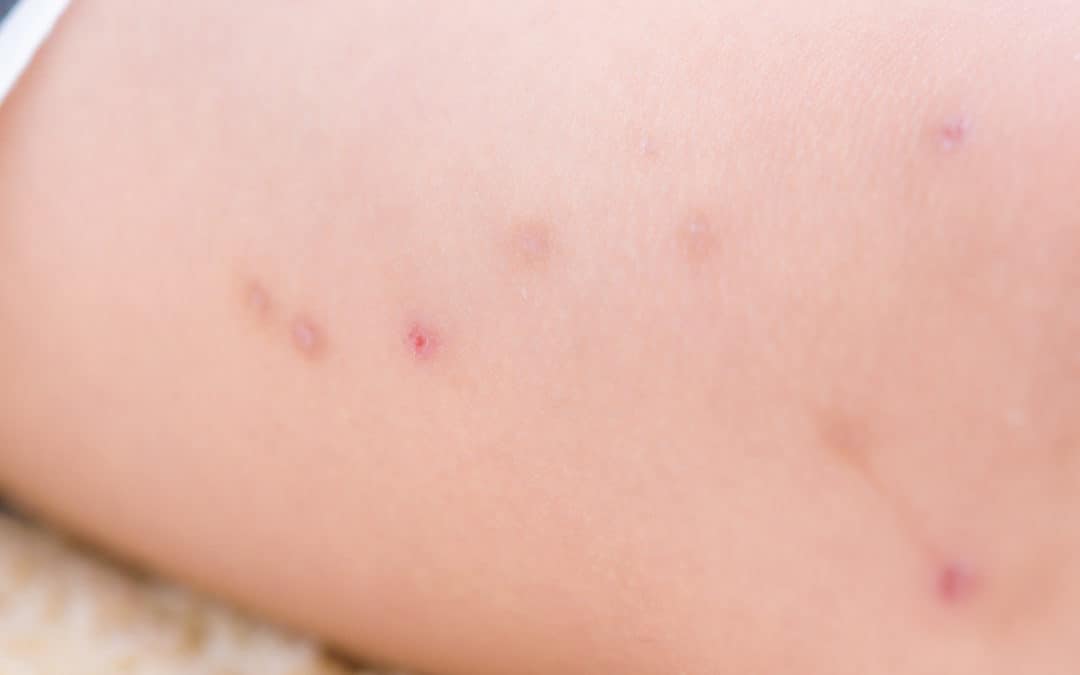
Summertime for most families means more time outdoors: exploring local parks, hiking mountains, kayaking down rivers, or simply lounging in your backyard. While these activities are fun for everyone, you can expose yourself to pests that like to bite. Fleas, ticks, and chiggers can be considered small, annoying, and hard to spot! Let’s break down the difference between all three of these parasites and some tips on bite prevention.
Fleas
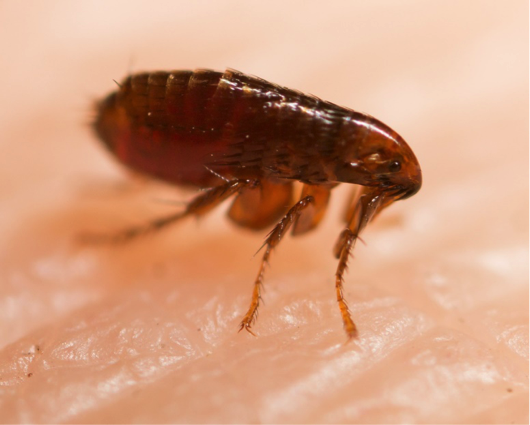
Small and wingless, fleas are dark reddish-brown in color and are only 1/8 of an inch long. Fleas can be found in almost any environment, but they are most active in warm, humid temperatures. While these pests feed on warm-blooded bodies, including humans, they do prefer to dine on hairy animals such as dogs, cats, rats, opossums, and more. Fleas are extremely hard to spot since they move so fast to a warm-blooded body.
Fleas can jump up to 8 inches high and 13 inches horizontally. This means that they can jump 150 times their own height, making finding a host to feed on very easy. Flea bites can be small, red, itchy spots on the skin. If the spot is scratched or irritated, it can begin to bleed.
Ticks
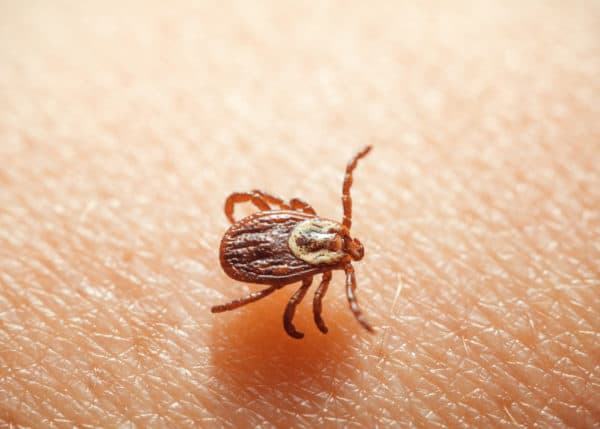
Ticks are orange-brown with dark legs and have a flat oval shape for a body. At a length of 1/8 of an inch, adult ticks actually have 8 legs and two body segments, making them an arachnid and not an insect. Ticks live in low-lying areas such as grass, shrubs, and bushes. These pests need blood to survive and will therefore feed on humans, squirrels, raccoons, birds, dogs, and more.
When ticks bite their host, it can cause irritation, an allergic reaction, and mouth parts can even remain in the host’s skin. Ticks are considered dangerous as they are known to transfer Lyme disease, anaplasmosis, and babesiosis.
Chiggers
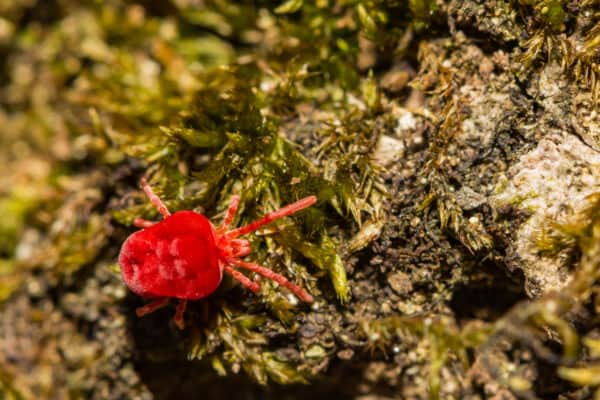
Sometimes referred to as mites or red bugs, chiggers are extremely small and difficult to spot. Red, orange, yellow or straw-colored, these arachnids are no more than .3 millimeters long. Chiggers can be found in areas of wood and grass, near lakes, ponds, streams, and rivers.
While they don’t pose a serious health risk, they can leave behind an uncomfortable rash after a bite that you’ll want to scratch. Chigger bites are most common in the late spring, summer, and early fall.
It’s important to take precautions if you know you and your family will be in areas where fleas, ticks, and chiggers are present. Here are some things you can do to prevent bites from these pests:
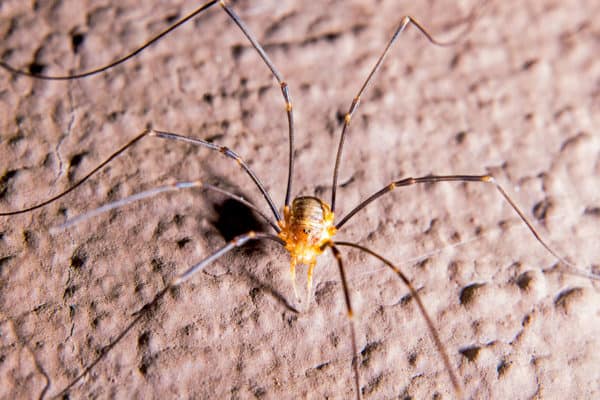
The granddaddy long legs is legendary – with claims of being the “most poisonous spider in the world but their mouths are too small to bite.” Like most legends, these claims are exaggerated and aren’t based on facts. So what is the truth about these creatures? Here’s everything you need to know about the granddaddy long legs.
No. The granddaddy long legs, AKA the daddy long legs, harvest spider, and harvestman, is actually an arthropod and closer genetically to the scorpion than a spider. While they do have 8 legs like spiders, the resemblance ends there. Spiders have spinnerets that spin silk for their webs; granddaddy long legs don’t. Spiders also have 2 body sections connected by a small, narrow waist. Granddaddy long legs have 1 body section containing their head, abdomen, and body combined. Spiders can have fangs and produce venom. Granddaddy long legs don’t have fangs and don’t produce venom. Spiders live on a liquid diet while granddaddy long legs have chelicerae (tiny claws used to hold and tear things) so they can eat small pieces of solid food. Granddaddy long legs can also self amputate their legs as a defense mechanism against predators. Unfortunately, once they lose a leg they cannot grow it back.
Granddaddy long legs are omnivores and eat a wide variety of things. They are known to eat dead and live insects, spiders, aphids, worms, snails, fungus, and even bird droppings.
Granddaddy long legs use their varied diets to keep to keep your gardens and yard free of other pests. They don’t cause damage to structures or landscaping and aren’t dangerous to humans.
Because they aren’t harmful to humans and don’t damage any structures or landscaping in your yard or garden, it is best to leave granddaddy long legs alone. Sometimes they are known to congregate in large numbers. If this is the case or if you have an issue with these or other pests, contact your local pest control company who can thoroughly evaluate your home and provide you with the appropriate treatment and prevention plan for your situation.
Prep Your Yard & Keep Mosquito Free!
What Attracts Millipedes to Your Home?
Signs You’ve Got a Rat in the House
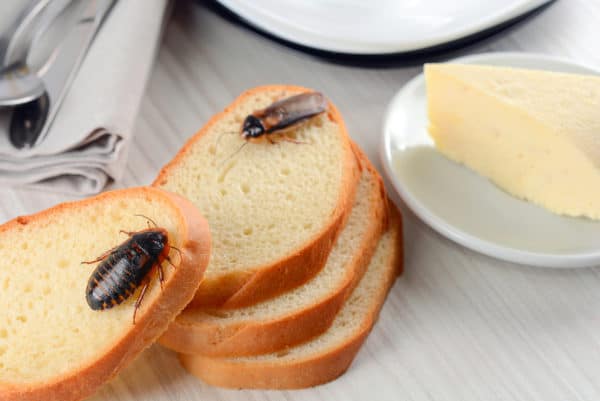
We know pests try to make their way into our homes, but when we see one outside of the comfort of our home we often feel a loss of control or panic. We hold businesses, hospitals, and food establishments to a higher standard due to the nature of their industries.
Because of the work they do for their customers and their communities, it is even more important for these industries to have a good, ongoing relationship with a local pest control company to ensure guests and customers feel comfortable and pest-free.
With the ever-changing food regulations designed to keep patrons safe, it is important to have a tight-knit partnership with a licensed pest control professional. Pest infestations can lead to hefty fines from health departments, increased food costs due to contaminated food, and in worse cases, the closure of the business. Pest prevention procedures and proper sanitation education for staff is essential in keeping your establishment free from pests and your reputation intact.
Hospitals, rehabilitation centers, and long-term care facilities have high standards of sanitation due to the sensitive environment for patients. Pest infestations can pose serious health threats by spreading bacteria through contamination of hospital rooms and equipment. A well-detailed pest prevention plan is crucial in keeping patients and staff healthy and safe.
Reputation drives the hospitality industry and with review sites increasing in visibility and reach, one negative review can cause a bigger impact than 10 positive ones. Nothing can be more damaging to a business than a negative review detailing a pest encounter. A relationship with a local pest control company will not only protect customers from pest infestations but also protect the reputation of your business.
Commercial pest control is a science that requires a strong partnership between the business and their local pest control company. An individualized plan is critical in protecting your important investment. If you do not already have a long-standing relationship with a pest professional, give your local company a call to set up an inspection.